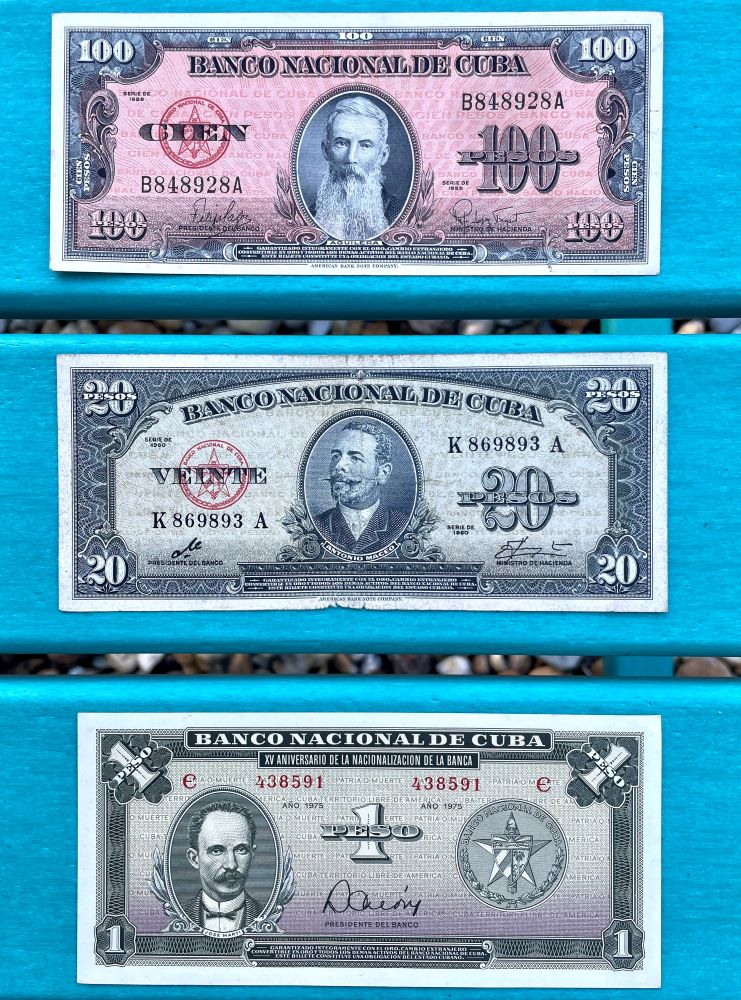When I was a little girl growing up in Kansas, I often asked my mother to explain why she had left Cuba. Rather than speak in adult abstractions that flatly cited black-and-white reasons such as “communism,” my mother often referenced specific experiences she had before she left Cuba in 1964. They revealed the Castro regime’s authoritarian character and the average citizen’s powerlessness in vibrant, dramatic colors. For example, Mom said she quit her job in 1960 at the National Bank when the Cuban government announced it would retire Cuba’s republican-era currency and replace it with newly minted revolutionary bills. There was only one catch: no Cuban could exchange more than a few hundred pesos. When my mother and other bank employees were assigned to exchange new bills for old ones in the countryside and poor areas of Havana, however, they discovered that most peasants and many illiterate Cubans had never had bank accounts and kept their savings in cash. Thus, the maximum limit for exchanging only a few hundred republican-era pesos meant that tens of thousands of citizens lost their whole life’s savings! Bank workers like my mother were appalled. They were also charged with explaining this policy as a good thing, something that would “benefit the Revolution.” It was heart-breaking, she said, and after a week of following orders, she refused. These bills embody that process. The first is a pre-1959 hundred-peso bill, followed by a twenty-peso bill signed by then director of the National Bank, Ernesto “Che” Guevara. The one-peso bill, featuring the face of José Martí, commemorates the fifteenth-anniversary of the nationalization of Cuba’s banking system and elides any possibility that the state’s policy of currency exchange ever hurt anyone, especially not the already poor. Collection of Lillian Guerra.

